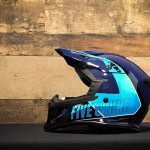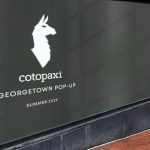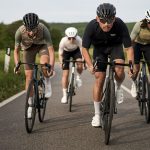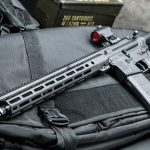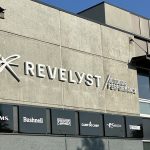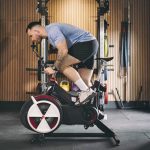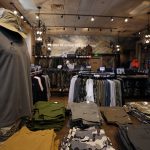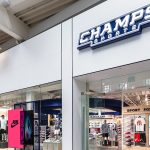Vendors in the active sports lifestyle market posted solid sales growth in the second quarter, but profit gains came up flat as margins stagnated and expenses increased. Sales grew in the mid-teens on a consolidated basis for all vendors reporting quarterly numbers, while the flat bottom line results could be attributed to a double-digit decline in profits on a consolidated basis for the hardgoods vendors. Second quarter results shown in the charts on pages 3 and 4 are posted for those companies that have reported for the period ended closest to the end of June. However, because the report is not a clear picture of the entire industry, SEW feels the total numbers are less significant than the trending information provided in the percentage increases and decreases.
The quarter was fairly straight forward in terms of one-time charges and acquisition gains, with the exception of Jarden and its acquired K2 business. Brunswick had a modest charge on the bottom line, but that only slowed the consolidated industry result by a percentage point. K-Swiss had a large jump in its bottom line following a settlement with Payless. That settlement boosted consolidated net income by 1.5 percentage points and softgoods consolidated net income by approximately 2 percentage points.
By far the biggest effect was Jardens Outdoor Solutions division. Adding K2s sales for the year-ago quarter into the mix, hardgoods vendor sales would have grown only 1.4% instead of the 11.3% growth shown in the reported numbers. Overall vendor net sales added an extra 2.5 percentage points of growth as a result of the acquisition.
The charts seem to suggest the back-end was harder to manage this quarter as a result of the increased costs in manufacturing and sourcing and growth in marketing costs. Margins increased for softgoods vendors as a result of adidas and Nike focusing on improvements in the supply chain, but the hardgoods business saw margins decrease slightly for the quarter. In all, 20 of the 34 vendors tracked in the charts showed a decrease in gross margins.
The decreased margins led to consolidated vendor profits that were just above flat. However, removing any one of the benefits to the quarter, like K-Swiss settlement, led to a decline in net income on an overall basis.
Overall, softgoods outperformed hardgoods across the board, though a much larger increase in inventories for softgoods vendors could result in markdowns in the back half. Softgoods net sales grew mid-teens for the quarter, while gross margins improved approximately 125 basis points to 45.4% of net sales. However, consolidated profits grew only 2.8% as many softgoods vendors felt the pinch of increased costs.
Within softgoods, apparel and footwear saw relatively similar growth on the top line, but apparel far outperformed on the bottom line. Apparel sales increased mid-teens boosted by over 25% growth from Under Armour, Volcom, G-III and Gildan. Apparel vendors parlayed relatively weak margin gains into profit growth that outpaced the sales gain, but the strong double-digit increase in profits for the quarter was primarily influenced by Quiksilver, which swung to a profit for the period versus a loss in the prior-year period, as well as sharper profit gains at Speedo and Delta Apparel.
Hardgoods was a much less pleasant place to be in the second quarter as it looks like the increased raw materials prices finally started to hit home. Though net sales increased in the low-teens for second quarter, profits dropped 13.0% for the period. Major drops in operating profit at Fortune Brands Acushnet division and declines in net income at Nautilus, Inc. were the culprits here.
Golf vendors as a whole had a difficult second quarter. Comping against the excitement around the high-MOI drivers in the year-ago quarter when vendors could not produce product fast enough proved nearly impossible, but that was paired with increased expenses for many vendors which led to a sharp decline in the bottom line.
All in all, the second quarter was not especially terrific for sporting goods vendors. While sales grew, earnings ultimately did not. Until the increased costs of raw materials, labor and transportation are passed along to the consumer, the pattern will likely hold for a little longer.


